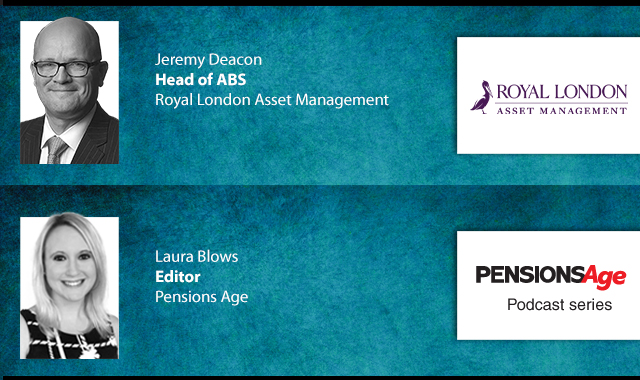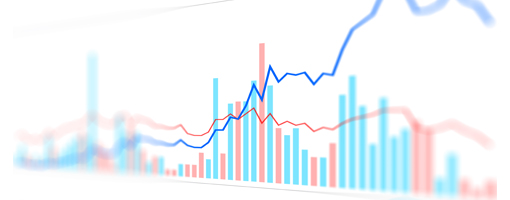The world’s 300 largest pension funds' assets suffered a 13 per cent correction in 2022, research from the Thinking Ahead Institute has revealed, recording the largest fall in assets in 20 years, and the first annual drop since 2018.
As reported by our sister title, European Pensions, the research revealed that the combined assets of the world’s top 300 pension funds decreased by 12.9 per cent by the end of 2022, totalling USD 20.6trn.
This represented a "sharp correction" compared to the 8.9 per cent increase in the previous year, when assets under management reached USD 23.6trn.
It also marks the largest fall in asset values in the 20 years of the study, surpassing the 12.6 per cent annual fall previously recorded in 2008.
The report also showed that while sovereign wealth funds’ assets grew by 13.9 per cent during 2022, this compared to a 10.6 per cent fall for the sovereign pension funds in the Thinking Ahead Institute Top 300 study.
In 2022, sovereign and public sector pension funds accounted for 152 funds in the top 300, representing 70.9 per cent of total assets. Sovereign pension funds accounted for USD 6.2 trillion in assets, while sovereign wealth funds (SWF) totalled USD 11.6 trillion.
In particular, the UK and Japan saw the largest number of pension funds fall out of the top 300 globally, with the UK gilts crisis of September 2022 and the ensuing market instability highlighted as "significant contributing factors", as is the continuing shift from defined benefit (DB) pensions to smaller defined contribution (DC) plans.
Despite this, the Government Pension Investment Fund of Japan (GPIF) remained the very largest pension fund, leading the table with assets under management of USD 1.4 trillion. It has ranked top since 2002.
More broadly, the report also showed that despite the 2022 correction, compared to all pension funds of any size, the world’s largest 300 pension funds now represent 43 per cent of the global pension assets, up from 41.1 per cent in 2021.
Regionally, North America now accounts for 45.6 per cent of assets in the world’s 300 largest pension funds, while European pension funds account for 24.1 per cent and Asia-Pacific 26.4 per cent.
Looking at the very largest, the report pointed out that assets of the top 20 pension funds decreased by 11.8 per cent in the last year, a slight improvement compared to the 12.9 per cent downturn observed within the top 300 funds overall.
The Employees’ Provident Fund of India was the only new entrant in the top 20 funds for 2022.
Commenting on the findings, Thinking Ahead Institute director, Jessica Gao, said: “We sounded a note of caution last year when reporting on a previous record. In last year’s research, we anticipated rising inflation and interest rate pressures, as well as the potential for slowing growth the following year.
“With the latest data, we have witnessed the drop in the pension assets, with a fragile global economy seeing equity and bond markets reverse previous gains."
However, Gao clarified that while market performance has improved from 2022 to 2023, "a high degree of caution" is still needed.
"Pensions schemes are operating in a new environment, where conditions are changing faster and faster each day," she continued.
“Asset owners are increasingly influenced by technological advancements and the rise of artificial intelligence.
"Balancing the need to catch up with asset managers’ AI-driven insights while retaining control over their investment mandates underscores the critical role of effective collaboration and strategic adaptation for AOs in an investment ecosystem with increasingly influential technologies.
“Likewise, rightsizing sustainability efforts has become a crucial balancing act, with overly ambitious commitments risking the fund’s legitimacy, and too small a commitment resulting in missed opportunities.”
Latest News
-
'Still issues to iron out' on plans to bring pensions into IHT scope, HMRC told
-
More than half of UK adults unaware of key pension policy changes
-
Pensions Awareness Week 2025: An uphill challenge
-
Calls grow for action as only 3% of employees trust the state pension
-
Report calls for £100bn pension ‘superfund’ to back tech growth
-
Bell hits back at Budget speculation, confirms triple lock commitment
Cyber Risk
In our latest Pensions Age podcast, Laura Blows discusses cyber risk with Aon partner Paul McGlone, and HSBC Bank Pension Trust (UK) trustee chief risk officer, Cheryl Payne.
A changing DC market
In our latest Pensions Age video interview, Aon DC senior partner and head of DC consulting, Ben Roe, speaks to Laura Blows about the latest changes and challenges within the DC sector
Podcast: Who matters most in pensions?

In the latest Pensions Age podcast, Francesca Fabrizi speaks to Capita Pension Solutions global practice leader & chief revenue officer, Stuart Heatley, about who matters most in pensions and how to best meet their needs
Podcast: A look at asset-backed securities

Royal London Asset Management head of ABS, Jeremy Deacon, chats about asset-backed securities (ABS) in our latest Pensions Age podcast
© 2019 Perspective Publishing Privacy & Cookies












Recent Stories